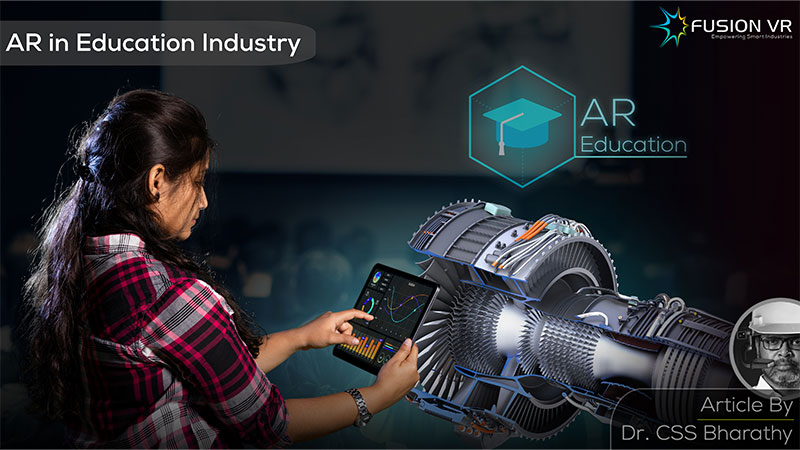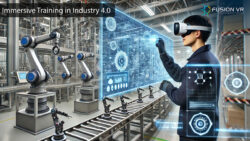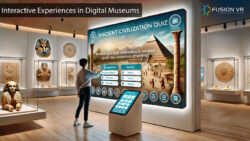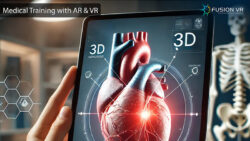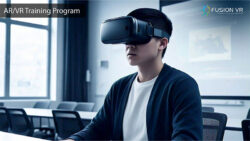Education is the most powerful weapon which you can use to change the world, said Nelson Mandela. The transformative power of education is tremendous as it provides hope, confidence and empowerment to lead a life of purpose. The internet has enabled unprecedented access to knowledge and learning. Online courses have become acceptable and, in many cases, inevitable considering the ease of delivery and growing effectiveness of this medium.
Augmented Reality is becoming a game-changer in the field of education. Children of this age are considered digital natives who are surrounded by computers and smartphones right from birth. Technology is not alien to them and they adapt to it quickly like a fish to water. Therefore it makes sense to take advantage of that by integrating technology into everyday learning. While computers have been co-opted in all aspects of learning delivery with course material and lectures available online coupled with computer-based testing and evaluation, it is technologies like Augmented Reality and Virtual Reality that will deliver more impactful change. These technologies are part of the continuum of extended reality in education.
So how is AR going to change education? There are still many parts of the world that emphasise rote learning. Children are required to memorise and reproduce that in a written exam. There is really not much emphasis on concepts and critical thinking. Learning this way takes more time, effort and is really not a smart way to learn. Augmented Reality will help deliver the required understanding with fewer resources and lesser time with an immersive learning experience. The technology delivers innovative ways for kids to understand and retain what is being taught. The cognitive load or the working memory of an individual during a learning process is much lesser when AR is used.
Any handheld or mobile device such as a smartphone or tablet is all that is needed to deliver augmented reality applications in education. AR learning applications provide a rich, interactive digital overlay of content that enables quick understanding. The student need not rely on their own ability to visualise and understand concepts, particularly in mathematics and science.
Transformative Power of AR in Education and Training
Demonstration of concepts can be easily provided without resorting to labs or the effort to have a working model set up. Newton’s laws of motion can be demonstrated easily with an AR application. The digital models and animation make it fun to learn. It can be gamified to ensure greater learner engagement in the class. Augmented Reality in the classroom promises to be fun and purposeful at the same time.
These developments could one day reduce the number of years spent in school or reduce school hours so kids can engage in other learning pursuits. Exams could also become a thing of the past in some cases. There may not be a need to have an exam that determines the fate of the student. Learning and retention can be evaluated progressively and definitively using AR-based curricula. The fear of exams that creates an aversion to learning and the stigma of being judged by the results of just one exam could disappear one day if we integrate more AR into the learning method.
AR will find any applications in primary, secondary and tertiary education, particularly for STEM subjects. AR is equally effective with art, language, business and other areas of academic interests. Augmented Reality supported by artificial intelligence will one day help to customise a learning experience for our children and grandchildren. Different learning styles can be accommodated and solutions to address learning disorders can be developed. Focus areas can be automatically identified using AI without ever needing the intervention of the teacher. AR wearables such as AR goggles would eventually become more affordable and the adoption of AR would become even more widespread.
It is essential that there is a strong relationship between academia and technology companies. Use cases for each subject area must be strongly explored and solutions developed to meet unique educational and demographic needs. The transformative power of AR in education and training can be strengthened further by using AR and helping change the world, as Mandela once said, and probably more quickly than he could have imagined in his time.

